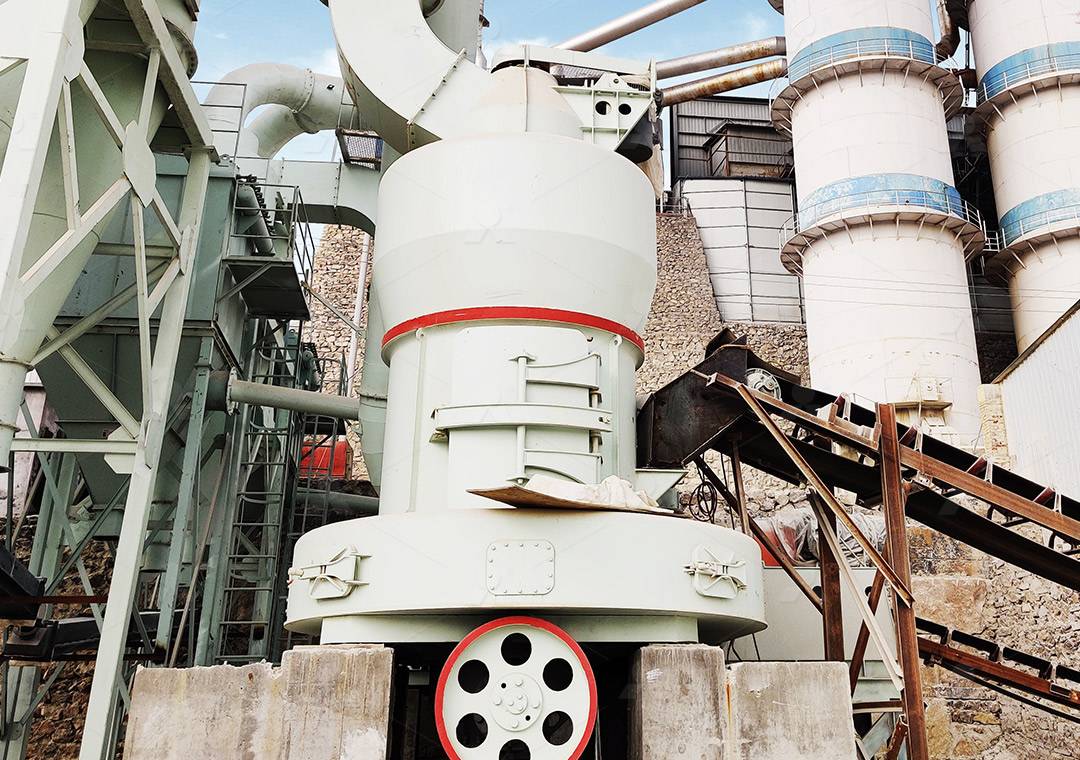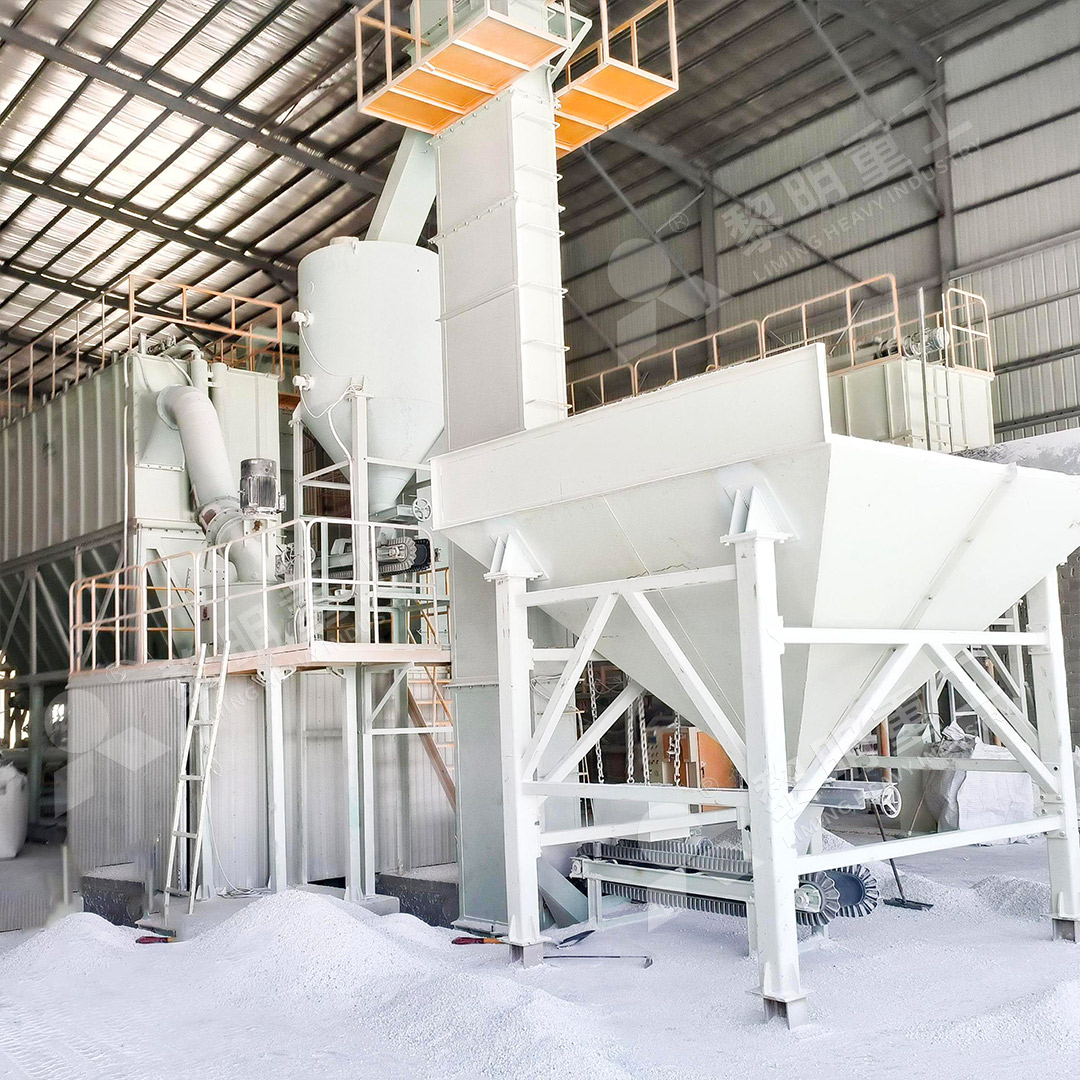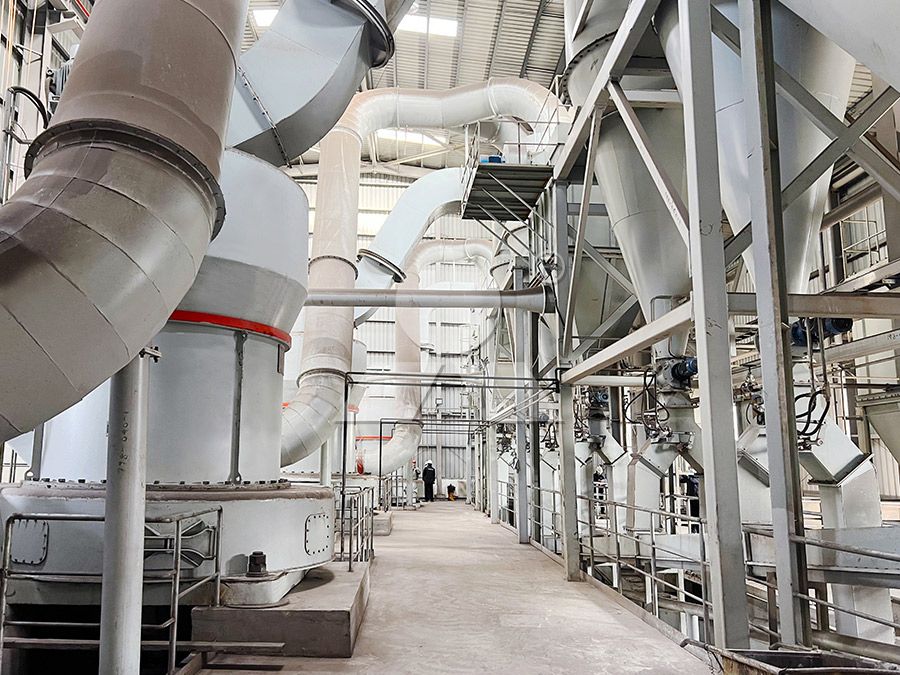Key Technical Parameters of Raymond Mill for Efficient Grinding Operations
Key Technical Parameters of Raymond Mill for Efficient Grinding Operations
In mineral processing and powder production industries, grinding efficiency directly impacts operational costs and product quality. Understanding the critical technical parameters of Raymond mills enables operators to optimize performance while maintaining consistent output quality across various applications.

Critical Performance Parameters
Several key parameters determine the efficiency and output quality of Raymond mill operations. Input size specification, typically below 25mm for standard Raymond mills, ensures proper material preparation before grinding. Capacity ranges between 0.6-5 tph depending on material characteristics and fineness requirements. The grinding pressure between rollers and grinding ring, along with classifier speed, directly influences product fineness and throughput rates.
Airflow volume through the system affects both drying capacity and material transport efficiency. Proper maintenance of grinding components, including regular inspection of rollers and grinding rings, ensures consistent particle size distribution. The centrifugal force generated by rotating components must be balanced with material feed rates to prevent chamber overload or insufficient grinding.
Advanced Grinding Solutions
While traditional Raymond mills serve many applications effectively, operations requiring ultra-fine powders or higher throughput may benefit from more advanced grinding technologies. For customers requiring finer powders between 325-2500 meshes, the MW Ultrafine Grinding Mill represents a significant technological advancement. With an input size of 0-20 mm and capacity ranging from 0.5-25 tph, this equipment features innovative design elements that enhance operational efficiency.

The MW series incorporates German cage-type powder selector technology, enabling precise separation control and adjustable fineness. Its unique chamber design eliminates rolling bearings and screws in the grinding zone, reducing maintenance concerns and potential failure points. The integrated pulse dust collection system ensures environmentally compliant operation while maintaining powder quality.
Operational Optimization Strategies
Successful Raymond mill operation requires careful attention to multiple interdependent parameters. Material moisture content should be monitored continuously, as excessive moisture can lead to chamber clogging and reduced efficiency. The relationship between classifier speed and product fineness must be calibrated for each material type, with finer products requiring higher rotational speeds.
Regular inspection of wear components, particularly grinding rollers and rings, prevents unexpected downtime and maintains product consistency. Modern grinding systems incorporate automated monitoring of bearing temperature and vibration levels, providing early warning of potential mechanical issues. Proper adjustment of grinding pressure ensures optimal contact between components without excessive wear.

For operations requiring vertical grinding solutions with integrated drying capabilities, the LUM Ultrafine Vertical Grinding Mill offers distinct advantages. With input size of 0-10 mm and capacity of 5-18 tph, this mill incorporates the latest grinding roller technology and German powder separating technology. The vertical design reduces footprint while maintaining high grinding efficiency, particularly for superfine dry powder production of non-metal ores.
System Integration Considerations
Beyond the mill itself, auxiliary equipment significantly impacts overall system performance. Proper sizing of air classifiers, dust collectors, and feeding systems ensures balanced operation across the entire circuit. Modern grinding plants incorporate PLC controls that maintain optimal operating parameters automatically, adjusting for variations in feed material characteristics.
Energy consumption optimization requires coordinated operation between the main grinding unit, classifier, and air handling systems. Many operations achieve 30-50% energy reduction through proper system design and operational practices. The integration of frequency drives on motors allows precise speed control matched to processing requirements.
Frequently Asked Questions
What is the typical particle size range achievable with Raymond mills?
Standard Raymond mills typically produce powders between 80-325 mesh, while advanced models like the MW Ultrafine Grinding Mill can achieve 325-2500 mesh fineness.
How does material moisture content affect grinding efficiency?
Excessive moisture (typically above 6-8%) can cause material adhesion to grinding components and reduced classification efficiency. Proper pre-drying or integrated drying systems may be necessary for high-moisture materials.
What maintenance intervals are recommended for grinding components?
Grinding rollers and rings typically require inspection every 500-800 operating hours, with replacement needed after 2,000-3,000 hours depending on material abrasiveness. Regular lubrication and alignment checks extend component life.
Can Raymond mills handle abrasive materials effectively?
While capable of processing moderately abrasive materials, highly abrasive substances may require specialized wear-resistant alloys or more suitable grinding technologies to maintain economic operation.
What advantages do modern grinding mills offer over traditional designs?
Contemporary designs like the MW and LUM series provide higher energy efficiency, precise fineness control, reduced maintenance requirements, and integrated environmental controls compared to conventional Raymond mills.
